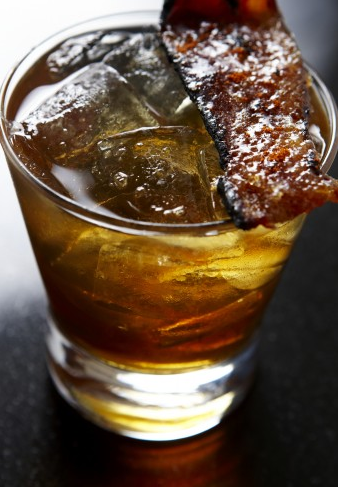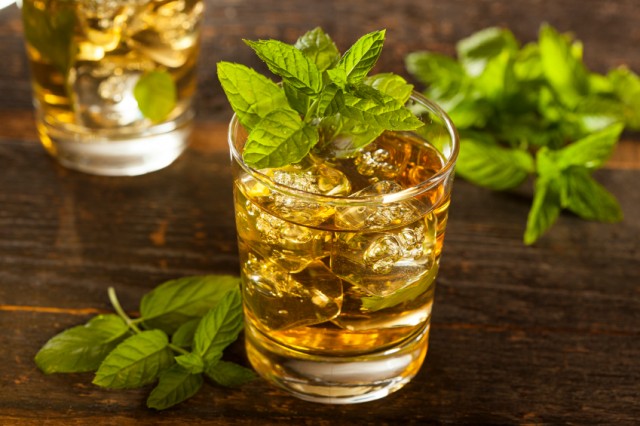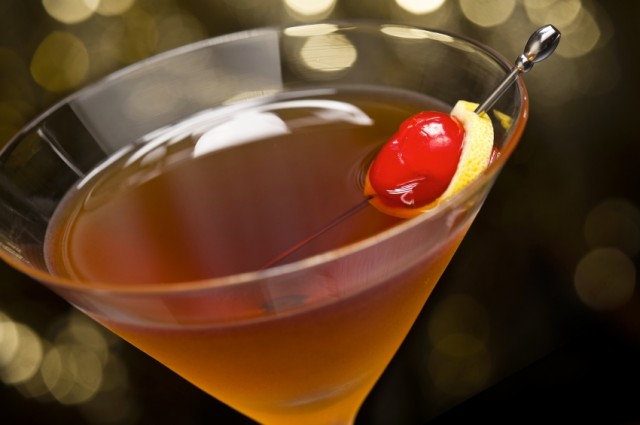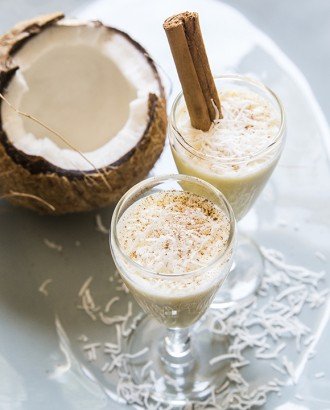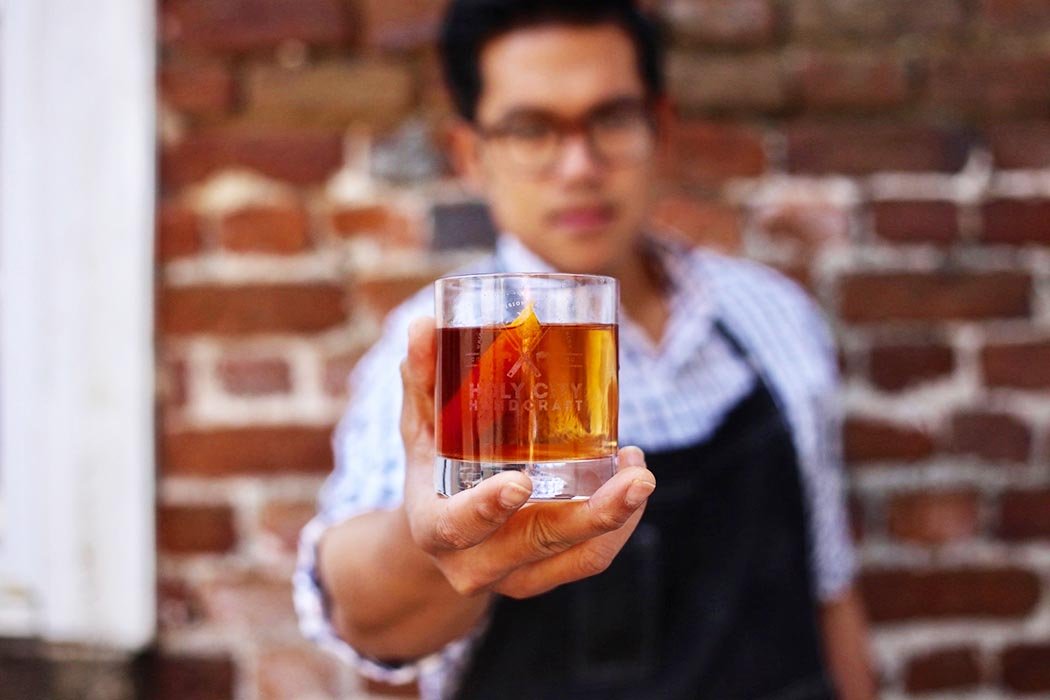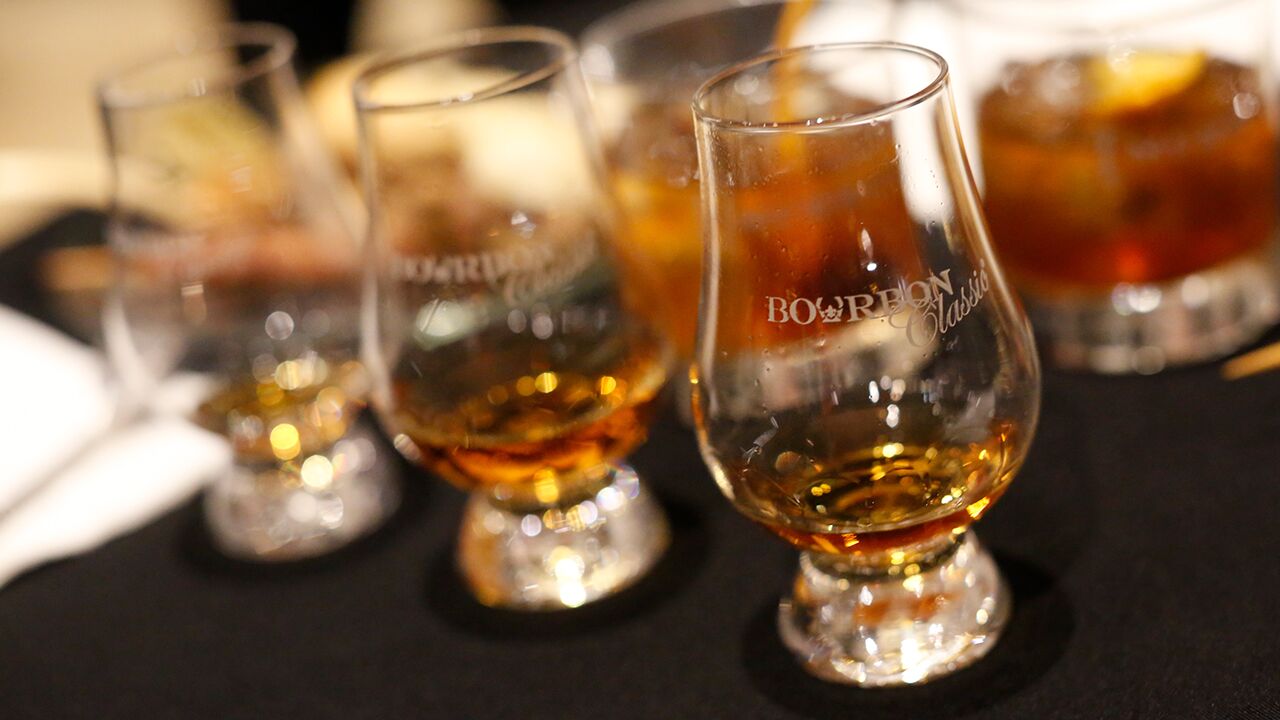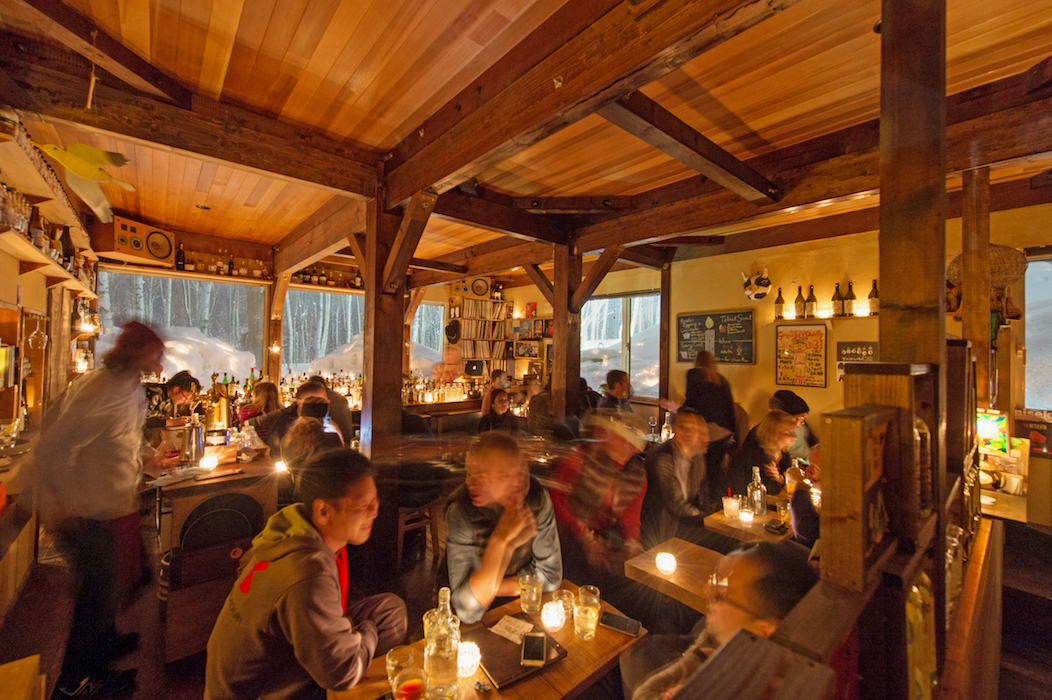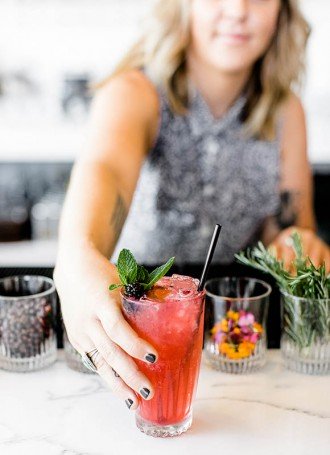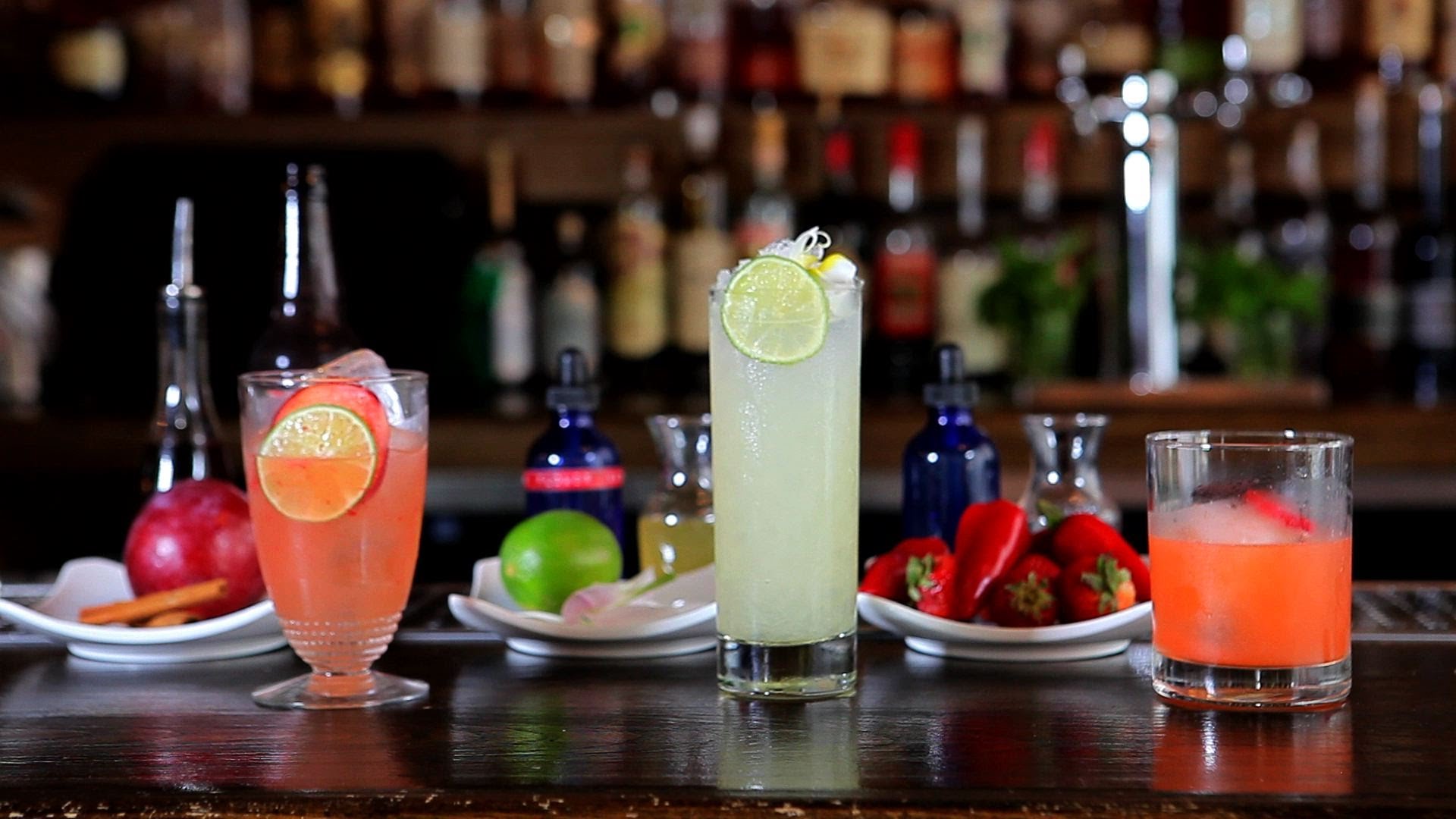[ad_1]
The countdown to #WorldWhiskyDay is upon us. World Whisky Day invites everyone to try a dram and celebrate the “water of life” on May 21st. World Whisky day celebrates all types of whisky/whiskey from anywhere in the world. World Whisky Day is all about making whisky fun and enjoyable. You can drink it however you want (ice, water, mixer – whatever works for you). A splash of water with your bourbon really brings out the unique aroma and flavor.
(Whiskey cover photo courtesy of Whiskey Cheatsheet.com)
A quick primer on whiskey
All whiskeys are distilled liquors made from fermented grain mash, except in the event that they’re made from corn. They’re almost always aged in wooden barrels, except for “white dog” whiskey, more commonly known as moonshine. The aging process mellows the bite of the drink and imparts those caramel notes. To really delve into the world of whiskey, scour sites like Whisky Advocate.
Scotch is only made in Scotland and can range from smooth and a bit sweet to smoky, a distinct flavor imparted by smoking the grains over a peat fire. Old scotches are typically not mixed. Since all whiskey is made from fermented grain mash, Scotch will obviously be no exception. To qualify as a scotch the spirit must be made from malted Barley, with many scotches using nothing more than barley, water and yeast. You are allowed to include whole grains of other cereals as well as caramel coloring. No fermentation additives or short-cuts permitted. The spirit must also be aged in oak casks for no less than three years, and must have an ABV at less than 94.8%. Finally, you cannot call your drink Scotch unless it was made 100% in Scotland, from Scotland.
Irish whiskey is pretty much any whiskey aged in the Republic of Ireland or in Northern Ireland. Like Scotch it must be distilled to an ABV of less than 94.8.
It must be made from yeast-fermented grain mash in such a way that the distillate has an aroma and flavor derived from the materials used. (I copied that line directly from Wikipedia). You are free to use any cereal grains, but if you mix two or more distillates it must be labelled as blended.
Finally, the whiskey must be aged for at least three years in wooden casks.
As you can see, other than Canadian Rye, Irish whiskey has some of the most relaxed rules, which will create a larger diversity in the whiskeys produced.
Bourbon is generally sweeter than Irish whiskey or scotch. Wheated bourbons like Maker’s Mark are particularly mellow. Interestingly, 95% of the world’s bourbon is made in Kentucky. Bourbon whiskey must be made from a grain mixture which is at least 51% corn. The fermentation process for this mixture is often started by mixing in some mash from an older already fermenting batch, a process known as sour mash.
Much like how Scotch must be made in Scotland, Bourbon can only be labeled as Bourbon if it was made in the United States. While the rules are slightly more loose with Bourbon than with Scotch it still has to conform to a few requirements.
The spirit must be distilled to no more than 80% alcohol (160 proof) and be no more than 62.5% when put into casks for aging in new charred oak barrels. Finally Bourbon has no minimum aging period, but to call your product Straight Bourbon it must be aged for no less than two years (and can have no added coloring, flavor or other spirits added).
Blended bourbon is permitted to contain coloring, flavoring and other spirits, as long as 51% of the mix is straight bourbon. The age on the bottle of blended bourbon must be the age of the youngest whiskey in the mix.
Tennessee Whiskey is straight bourbon made in the state of Tennessee. The people who produce this spirit, such as Jack Daniels, don’t want their whiskey labeled as Bourbon, claiming that they are the only type of whiskey which puts the spirit through a charcoal filtering process.
As a result they believe their drink deserves to be distinguished with a separate name. Other than that all Bourbon rules apply.
Rye is the trickiest of all whiskeys to define. The reason for this comes from a historical naming convention for Rye produced in Canada. While you would assume Rye whiskey must be made predominantly from rye mash, this is not always the case.
Canada has distilled Rye for almost as long as the country has existed, and historically the majority of the mash was comprised of Rye mash. But with no actual rules in place the spirit is now produced with a mash sporting a corn to rye ration as high as 9:1.
The only rule to label your whisky as Rye in Canada is for it to have some rye in it, and to possess the aroma, taste and character generally attributed to Canadian whiskey… whatever that is.
In American Rye whiskey must be made from a mash made from no less than 51% rye. The other ingredients commonly used include corn and barley. Same as Bourbon it must be aged in charred new oak barrels distilled to an ABV less than 80% (and like bourbon it must be no more than 62.5% when added to the cask).
Again, as Bourbon, only Rye which has been aged more than two years may be referred to as Straight. There is only one Rye producer in the world (Alberta Premium, from Canada) which is made from 100% rye mash. They’re making a big comeback these days, especially in mixed drinks.
Canadian whisky (yes, Canada and Scotland drop the “e”) is considered, by and large, the most versatile mixing whisky — it’s a mellower and lighter flavor than most other types of whisky. When it comes to mixed drinks, this is sometimes exactly what you want, and sometimes exactly what you don’t want.
Classic whisky cocktails (and the stories behind their names) plus 1
Cocktail culture has come back with a bang over the last few years, and whisky cocktails are no exception. Whisky, whether it be Scotch, bourbon, or another variant, makes for a great cocktail ingredient, and is a key component of several classics. But how did these venerable potations acquire their distinctive names? Read on to find out some of the origins behind the names of some of the world’s most famous whisky cocktails.
For any Whiskey Day roundups you have planned this weekend, I wanted to pass along an amazing Maple Bacon Bourbon drink recipe that comes directly from the prestigious Twenty/20 Grill at the Sheraton Carlsbad in California. For many guys, the combination of bacon and whiskey is pure heaven.
Maple-Bacon Bourbon
- 2 oz. Knob Creek Bourbon
- 2 barspoons of *bacon-infused maple syrup
Prep – Fill rocks glass with ice. Add ingredients. Stir. Garnish *candied bacon with a sprinkle of cayenne.
*Bacon infused Maple Syrup – Take maple syrup and mix with bacon drippings (2 to 1 ratio). Pour into a sauce pan, stir, then bring to a simmer. Let your infused syrup cool to room temperature, then refrigerate. Once the grease has separated, pour the syrup into a new container.
*Candied Bacon – First take 5-6 cooked pieces of bacon (not over cooked). Then dip the bacon strips in maple syrup, just enough to coat the bacon. Then sprinkle the top side with raw sugar, then brulee the sugar with a torch (or broil at high temp to melt the sugar). Let cool, then lightly dust with cayenne.
Old Fashioned
(Recipe courtesy of Michael Nagy)
Sometimes simplicity is defines to a classic. Muddling sugar and bitters with whisky resulted in the Old Fashioned. One of the very first cocktails, the drink in its original form dates back to the early 1800s. By the mid-1800s however, it became commonplace for several different types of liqueurs and spirits to be used in the recipe as alternate variants of this muddled-up masterpiece, so when the whisky version was ordered by patrons it eventually became known by the moniker ‘Old Fashioned’.
The Old Fashioned will always be first on a list of whiskey drinks because it’s the ultimate classic whiskey cocktail. Originating sometime in the 1800s, it’s a solid example of a true cocktail and a drink you should know both how to make and order. If you like the sweeter side, try a Tennessee whiskey or bourbon. If you like something a little more intensely flavored, try a rye. For a viscous, syrupy, and balanced classic, I recommend you go with a bourbon.
This Old Fashioned recipe uses a length of orange peel, not a wedge, and you stir over ice to chill and dilute the drink in the mixing glass, not the serving glass. This means that the ice it’s served with is kept fresh longer, keeping your drink colder and less watery.
Note – Using simple syrup instead of sugar keeps your drink from becoming grainy when the sugar cube doesn’t dissolve. Avoid using a cherry. The cherry is not part of the original recipe. If you want to use a cherry, use a Luxardo cherry
- 2 ounces whiskey, preferable Premium bourbon
- ½ ounce simple syrup or sugar cube
- 2 dashes of Angostura bitters
- 1 inch of orange peel, no white pith
- Ice for mixing and for serving
Prep – Fill a mixing glass halfway with ice. Measure out your whiskey, sugar, and bitters. Stir well. Squeeze the orange peel over the glass and drop in. Add ice. Strain mixture into an old-fashioned or rocks glass over fresh ice.
Mint Julep
(Photo courtesy of Whiskey Cheatsheet.com/Recipe courtesy of Michael Nagy)
An American classic, as well as a perfect companion for famed Kentucky Derby horse race, this classic combo of mint leaves, sugar and bourbon, has an unclear origin. The name ‘julep’ may possibly derive from an earlier Arab drink called julab however, a mixture of water and rose petals that was adapted with mint by Europeans at a later date. The word ‘julep’ was also used by Europeans to refer to sweet drinks until the cocktail as we know it today became popular among Americans in the early 19th century.
The Mint Julep is the Derby classic. It was designed to be refreshing, cooling, and boozy while showing off the state’s spirit. Everything about this drink was meant for a hot day in the sun. It’s traditionally served in a silver or pewter cup with crushed ice up to the rim to maintain maximum frostiness for that incredibly hot Kentucky day in the sun.
If you want to get fancy and you don’t particularly like bits of mint leaves in your bourbon, plan ahead and make a mint-simple syrup . You want a good bourbon for this drink, because you’re really going to taste a lot of it while sipping this drink. This recipe uses the min-simple syrup or just simple syrup for a different take. For a variation, try using basil instead of mint (Basil Julep) or add 1/2 oz of peach or apricot liqueur for a Peach or Apricot Julep. Peach and apricot flavors pair well with bourbon.
- 1 oz simple syrup or minted-simple syrup
- 2 cups crushed ice or enough for a full glass
- 2 ounces Premium bourbon
- 6-8 Fresh mint sprigs
Prep – To a highball glass or silver Julep cup, add minted simple syrup, then 1 cup crushed ice (using a Lewis bag and mallet or break ice in a covered shaker), bourbon, and splash of water. Add enough of remaining ice to almost fill glass. Stir well and garnish with mint sprig. If using simple syrup, muddle 6-8 mint leaves with the syrup. Add crushed ice and bourbon. Stir. Garnish a mint sprig.
Manhattan/Rob Roy
(Photo courtesy of Whiskey Cheatsheet.com/Recipe courtesy of Michael Nagy)
A well-made Manhattan is a thing of beauty, but a poorly made one can quickly turn you off to whiskey cocktails altogether. There are essentially 3 types of whiskey recommended to use – Rye, Scotch, or Bourbon. Using scotch turns this drink into a Rob Roy. Using bourbon or Tennessee whiskey, i.e. Jack Daniel’s, greatly sweetens up this concoction.
The Rob Roy is a variant of the Manhattan cocktail made with Scotch instead of bourbon. It was invented at New York’s Waldorf Astoria in the 1890s to coincide with the release of an operetta detailing the life and times of Scottish folk hero Rob Roy MacGregor, which was in turn based on the titular 1817 novel by Scottish author Sir Walter Scott.
The Manhattan should be a very simple drink: whiskey, sweet vermouth, and Angostura Bitters stirred with ice. The herbal notes of the vermouth need a strong spiciness for balance, and the bitters counteract its slight sweetness. When it comes to ordering at a bar, unless you specify, you’ll probably end up with the sweeter, bourbon-based version of the drink. If you know your whiskey, specify what type of whiskey you want. As with the Old Fashioned, use a Luxardo cherry in place of a bright maraschino cherry. For a drier Manhattan/Rob Roy, use less sweet vermouth. For a ‘completely’ dry, substitute dry vermouth for sweet vermouth. If you want it on the rocks (not straight up), just mix all ingredients in rocks glass and stir well.
- Ice
- 2 oz Premium whiskey (single-malt scotch or premium bourbon)
- 1 oz sweet vermouth
- 2 dashes of Angostura Bitters
- Luxardo cherry
Prep – Chill a cocktail glass. Place one scoop of ice in a mixing glass. Add the whiskey, vermouth, and bitters, and stir well (20 times to the right, 20 times to the left (tradition and for need to get well-chilled). Strain into the cocktail glass. Add 1 Luxardo cherry.
[ad_2]














